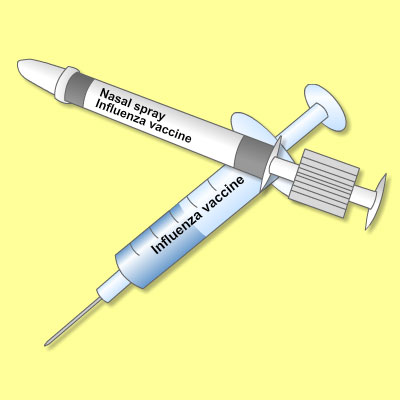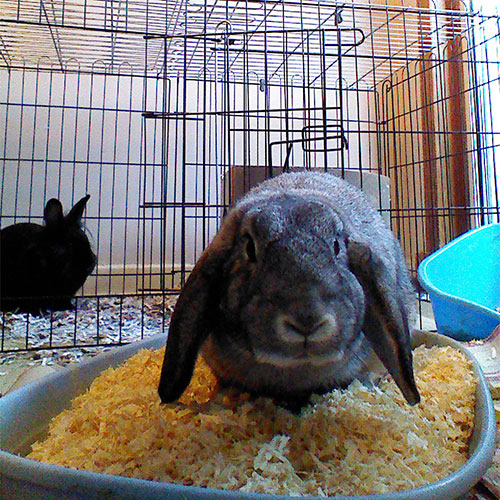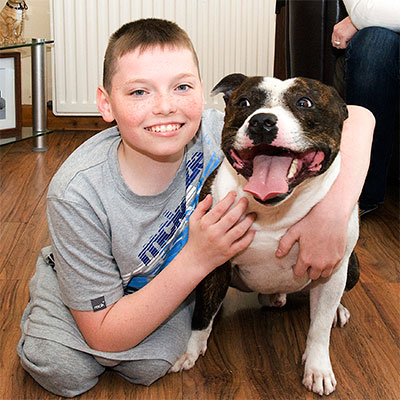
Influenza vaccine
All children should have vaccinations for a variety of childhood illnesses at different ages. For example measles, mumps and rubella (MMR) Diphtheria, tetanus, polio, meningitis and whooping cough.
It is important that children with asthma have their flu vaccination. The advantages of getting your child vaccinated against flu include
– Less time off school for them and less time off work for you.
– Less likely to develop serious problems as a result of the flu virus.
– It will protect your child against this year’s flu strains.
In addition there is a new nasal spray vaccination to prevent flu which will be given to children over the age of 2.
There are some exceptions for the nasal spray. If your child has any of the following;
- A weakened immune system.
- Egg allergy.
- Severe asthma (children with mild or moderate asthma are able to have the flu nasal spray).
- Active wheezing at the time of vaccination.
Children unable to have the nasal spray vaccine may be able to have the flu injection instead.
The flu virus changes from year to year so it is important to get a flu vaccination for your child every year. The vaccine will not give your child the flu, it may make them feel mildly under the weather for a few days after.
It is important to note that the flu vaccine will not stop your child catching coughs and cold. They may still have an asthma flare-up, follow your asthma action plan.











